Under one roof


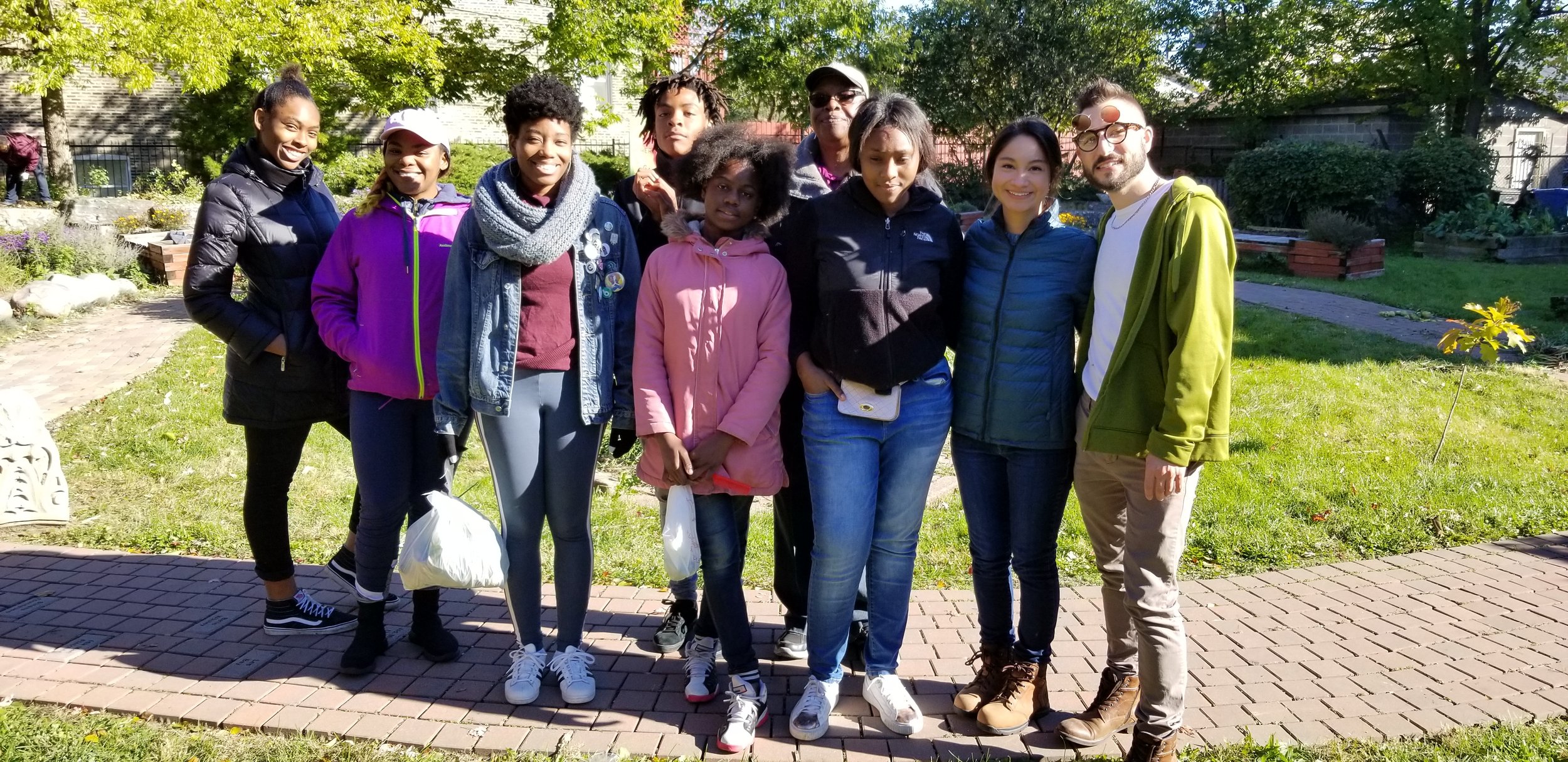
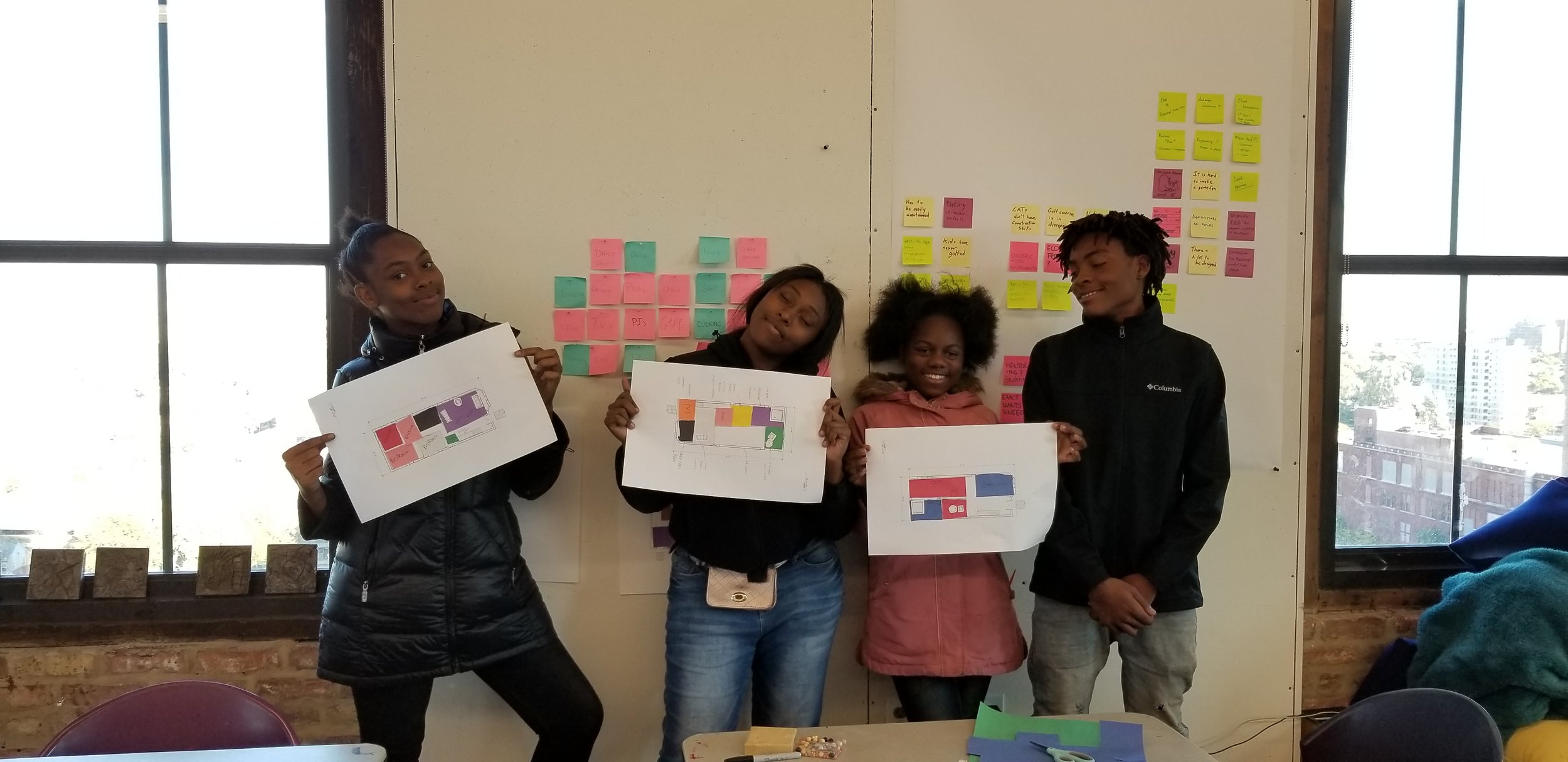
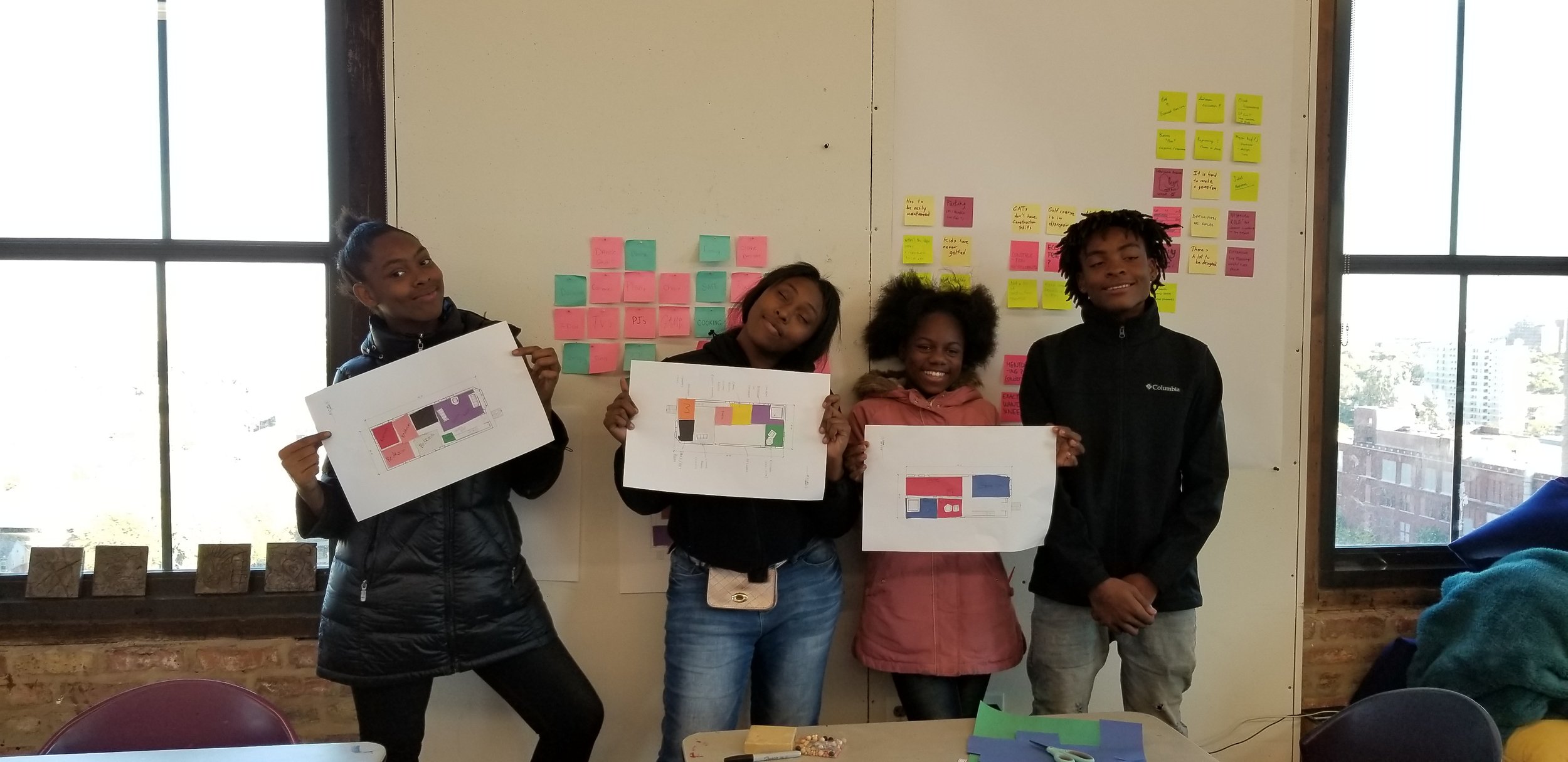



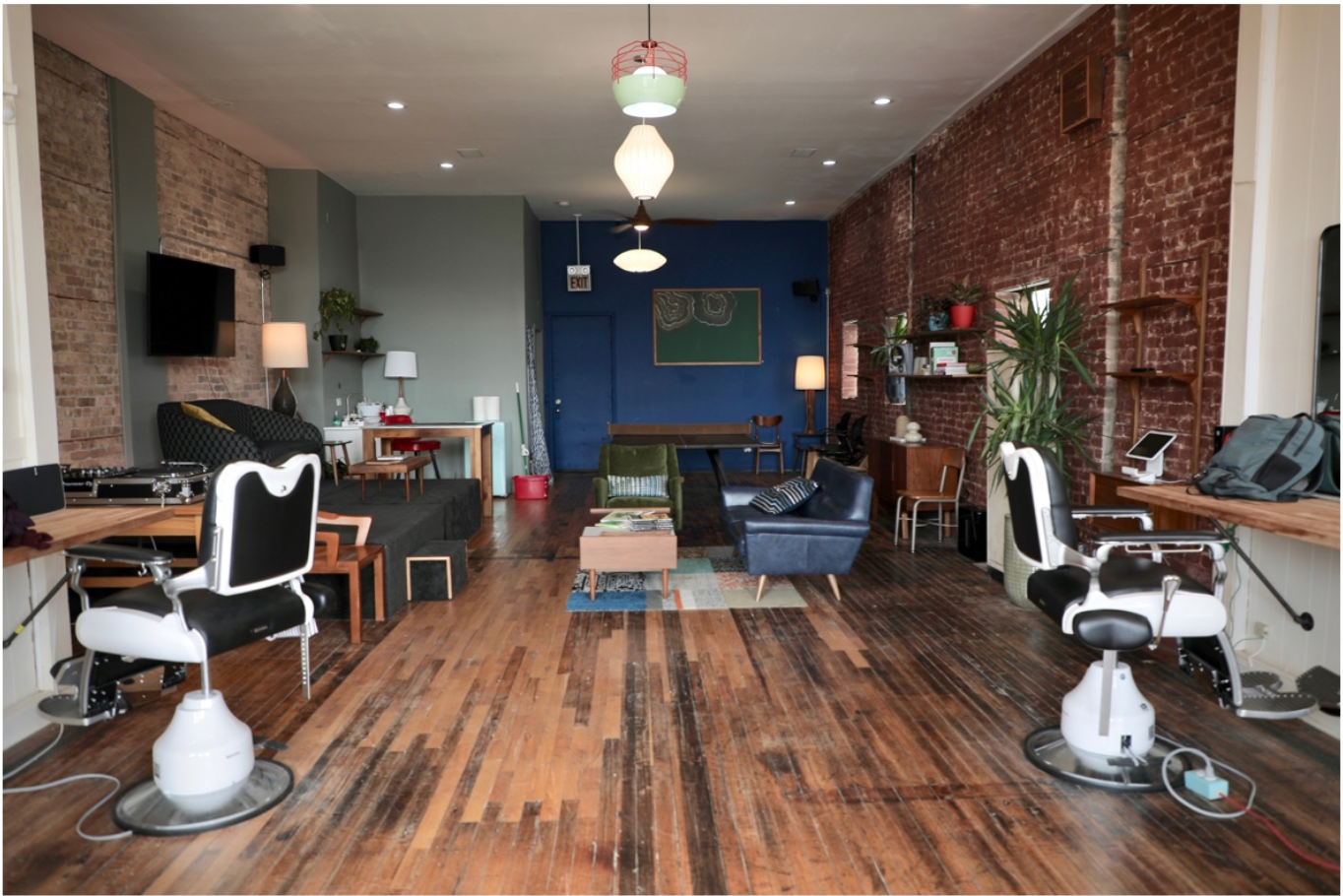


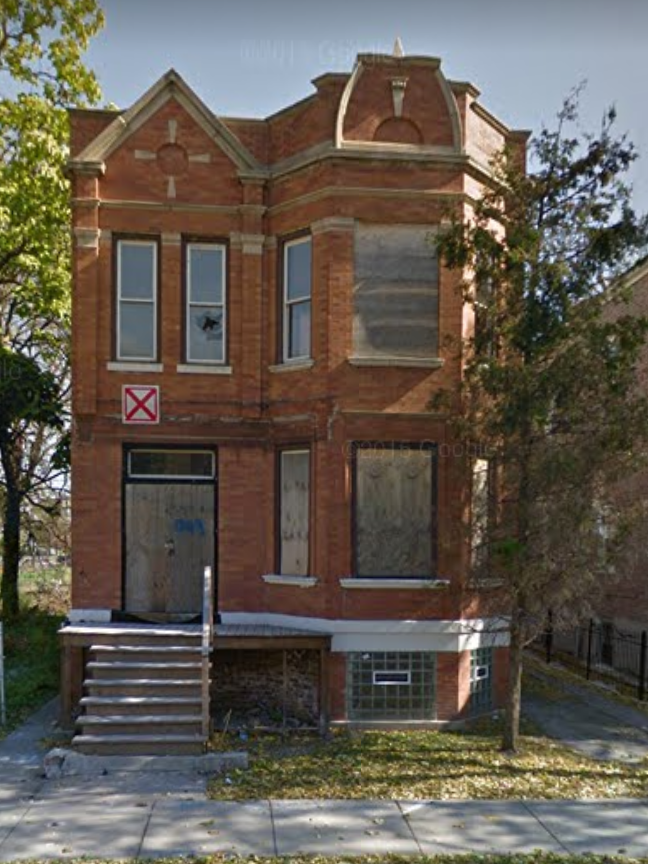
WHO: The community of North Lawndale. Housing focusing on ages 18-24. Candidates are evaluated and suggested by Community partners.
WHAT: Co-op/supportive housing, acting as a catalyst to develop vacant land and re-purpose abandoned housing .
WHERE: North Lawndale Co-op housing: Starting with a 10 block radius, Roosevelt to 14th and Pulaski to S. Tripp Ave.
WHY: Multiple factors like a surplus of vacant and dilapidated homes, a need for bridge housing/a rising demand for housing, and existing community organizations to work with.


Understanding Age:
In order to understand North Lawndale it was important to understand its diverse demographics. Age was important for understand what was the largest group of people in need of housing. Using the map above Millenials and Generation Z were the largest age groups, ranging from 1981-2016.

Co-op Housing:
Multiple investors buy a share(s) of a property owned by a corporation. In this case, potential partners would invest into ‘Under One Roof’ as shareholders for their organization. This then allows the organizations exclusive use of a housing unit(s) within the property. The investors would be, but are not limited to local community organizations: CCA, The Night Ministry/ Pheonix hall, YMAN, and UCAN. These organizations would then pair with other local organizations in order to keep the co-op housing functioning smoothly. These organizations specializing in housing, trauma, and therapy. By evaluating housing members before and during their time at ‘Under One Roof’ the organization should reduce any anticipated negative co-living situations.
The Importance:
It is important to have co-op housing because it creates a strong support system, encourages responsibility, and combines personal knowledge. This is something that can help anyone coming from unstable, traumatic, or a troubled past. When looking into co-op housing location is important.
Methodology:
Jump In!: Become an active member in the community. “Local expertise is better”
How Can I Help?: What can I do to help using my expertise? What am I bringing to the table?
Creating A Platform: Using local connections to produce a project inspired by the community’s voice.
How Is This Benificial?: It will help the housing market to prosper, maximize success for local businesses, and create potential infill for vacant properties.




The Workshop:
Phase 1. Using word diagramming, sticky notes and markers participants are encouraged to open up and talk about what makes their home, home. The activity is to help with “breaking the ice” between not only me and the participants, but within themselves. Once they right down a word they need to walk it to the board and say the descriptive word. This also helps with public speaking
(which will help them present their “ideas of home” later in phase 3).
Phase 2. Space Planning & Designing, in this part of the workshop students are given glue-sticks, colored construction paper, markers, scaled 2D furniture and floor plans, and scissors. The construction paper is for diagramming the size and shape of the rooms while the furniture is to help students understand scale. After the students complete this task they are asked to visualize the materiality of these spaces. This will help them paint a picture of the space when presenting to other participants.
Phase 3. Presentation, to build communication skills and confidence, we ask all participants to talk about their design and why they made these choices. After each presentor we ask everyone to join in and offer feedback. This is a healthy way to understand how others think.
Conclusion. After the workshop the feedback and diagraming were reviewed. This helps understand how existing residents are living in their homes and the hiarchy of space planning by room. Understanding what existing building stock is lacking and how that should be introduced when renewing existing housing stock is also a valuable lession in this activity.




